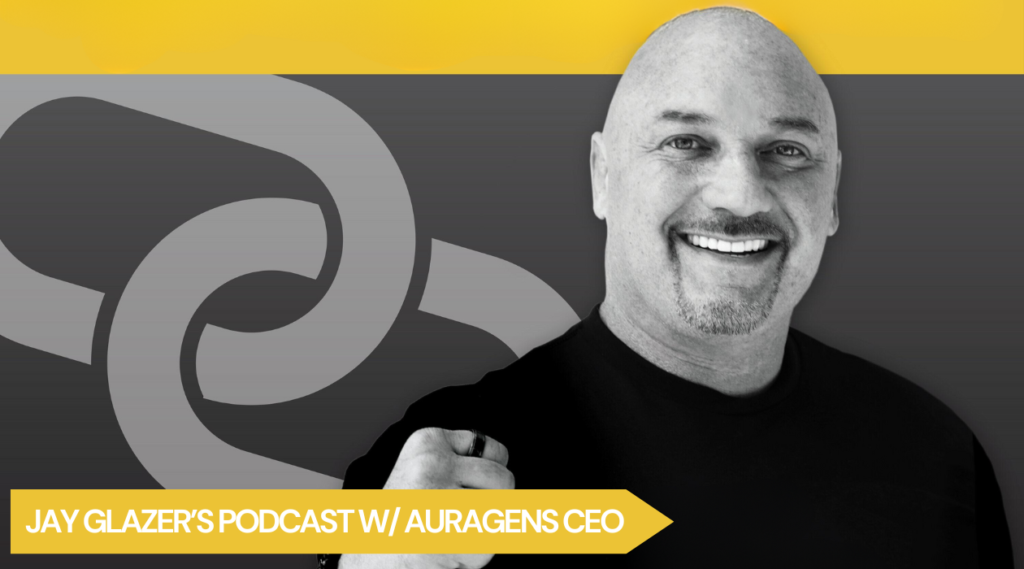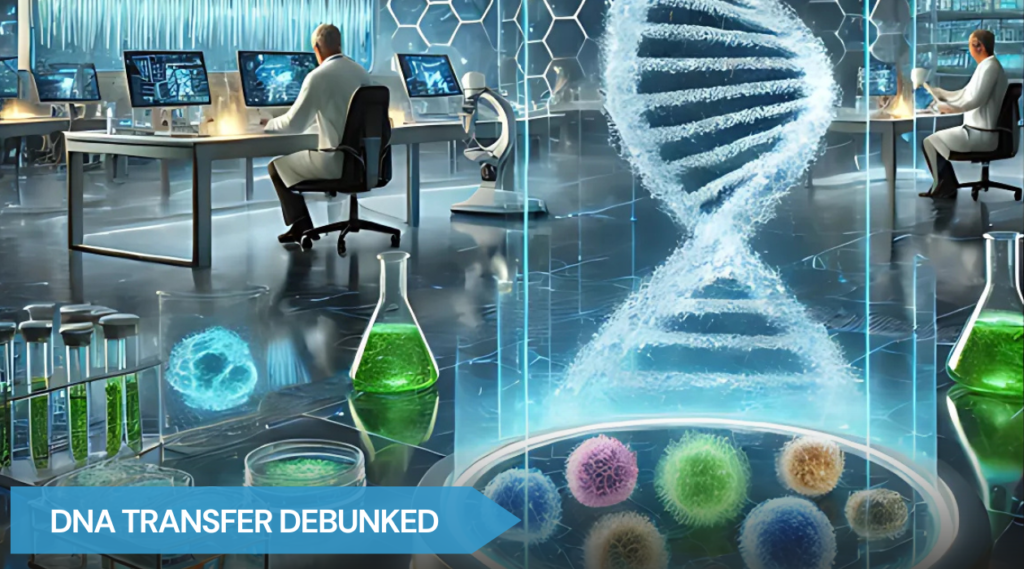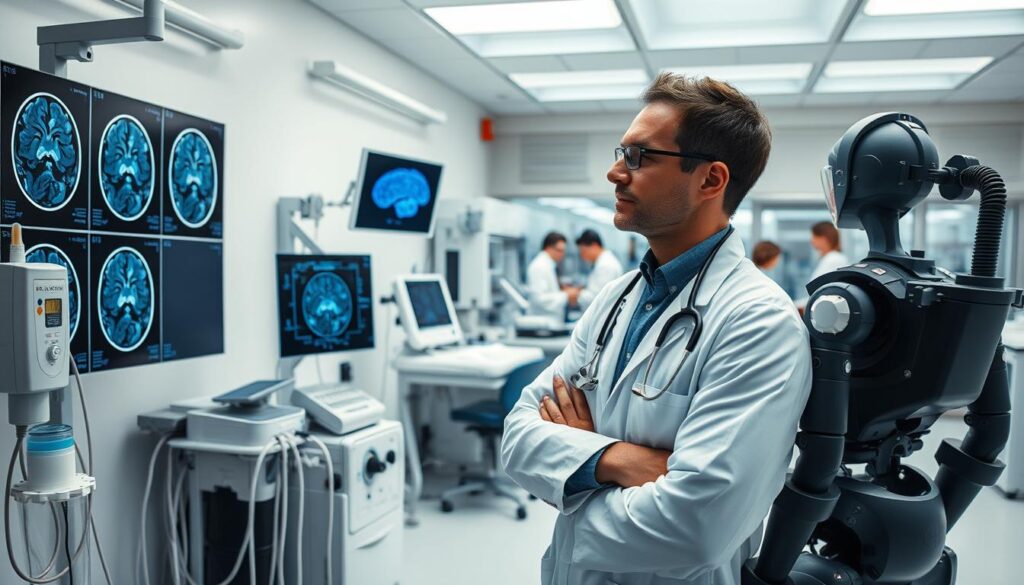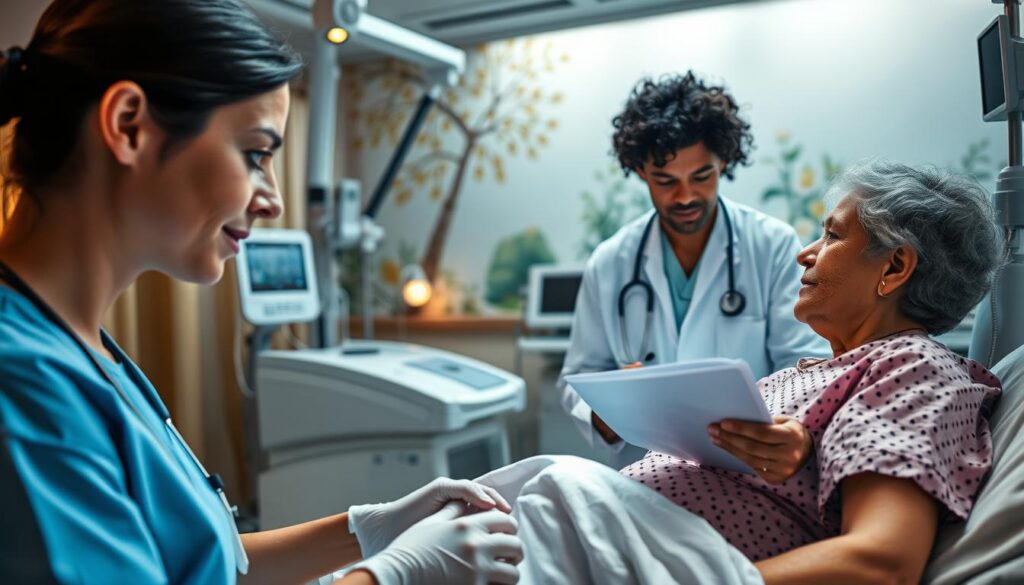
Deadpool & Wolverine Highlight Regenerative Cells
The biggest movie of the summer is made possible by the premise of cellular hyperfunction. Whether as an ode to Auragens, or a simple plot line, it does not change the fact that in Deadpool & Wolverine both characters’ main superpower is that of rapid healing.
Both Deadpool and Wolverine possess exceptional regenerative abilities due to their unique fictional biology and the scientific explanations provided within their respective universes.
But while being fictional characters, the premise of cell health correlating to a person’s overall health is true.
We see our own real-life superheroes every week – from the professional athlete with an acute injury to the person dealing with a chronic autoimmune disease, and well beyond – and each is the star of our Auragens story. And we take pride in sharing those stories and results in our papers, testimonials, and evidence-based journals.
But for now, we thought it fun to look at the phenomenon that is Deadpool & Wolverine and their regenerative capabilities and contrast that fiction with the facts of actual cell and tissue regeneration using uHC-MSC treatments.

Wolverine
-
Enhanced Cellular Regeneration: His cells regenerate at an extraordinary rate, effectively fighting off diseases, toxins, and the effects of aging. This makes him virtually immune to most poisons and illnesses.
-
Mutant Healing Factor: Wolverine (Logan) is a mutant with a powerful healing factor. This ability allows his body to rapidly heal from almost any injury, including bullet wounds, lacerations, and even severe burns.
-
Adamantium Skeleton: Although his bones are coated with indestructible adamantium, which adds to his durability, it is his healing factor that allows him to survive the otherwise fatal procedure and continue to recover from injuries that damage his tissues around the metal.

Deadpool
-
Rapid Cellular Regeneration: Deadpool’s healing factor allows him to recover from virtually any wound, including decapitation and severe dismemberment. His cells can regenerate so quickly that he can reattach severed limbs or even regrow them entirely.
-
Mutant Healing Factor: Deadpool (Wade Wilson) also possesses a mutant healing factor, which was artificially given to him through a variation of Wolverine’s healing factor. This grants him an accelerated healing process like Wolverine’s.

Auragens’ Superheroes
Using umbilical cord-derived mesenchymal stem cells (uHC-MSCs) y to differentiate into various cell types and their potential to modulate the immune system we are helping athletes quickly recover from acute injuries and helping the population at large deal with chronic pain, provide treatments for disease states that are often considered “untreatable”, and creating a healthier lifestyle as we age. While not as rapid or all-encompassing as Deadpool and Wolverine, the cellular regeneration can often be viewed as its own superpower. How so?
uHC-MSCs and Regenerative Medicine
-
-
Differentiation Potential: uHC-MSCs can differentiate into a variety of cell types, including bone, cartilage, and muscle cells. This makes them useful in regenerative therapies for repairing damaged tissues.
-
Immunomodulatory Effects: These stem cells have anti-inflammatory properties and can modulate the immune response, which is beneficial in treating autoimmune diseases and reducing inflammation in injured tissues.
-
Tissue Repair and Healing: uHC-MSCs can promote tissue repair and accelerate healing processes in conditions such as bone fractures, cartilage damage, and skin wounds. They achieve this by secreting growth factors and cytokines that support tissue regeneration and repair.
-









